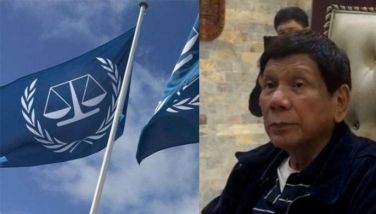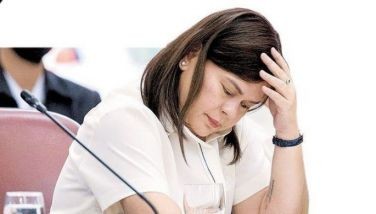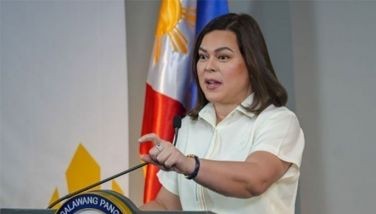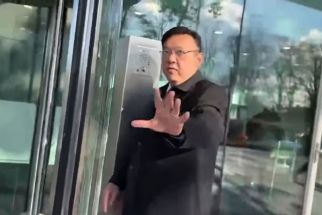Where do the candidates stand on poverty?
Of all the elections issues, perhaps the most difficult one to address is poverty. It is also one of the most essential, both for reasons of social justice and for the sheer fact that a substantial number of voters come from those who regard their lives to be impoverished. Winning the popular vote requires reaching out to the vast sector of the country’s poor.
But, first, where exactly do we stand? Under the Aquino administration, government sought to meet the Millennium Development Goal of halving poverty from 34.4 percent in 1991 to 17.2 percent by 2015. But even with a robust economy and an average growth rate of 6.4 percent in the last five years, many of these benefits did not trickle down to the poor. Still, government successfully provided conditional cash transfers (CCTs) to more than 4 million poor households. It also made health services more accessible to the public, expanding the coverage of health insurance. Finally, it built as many as 100,000 classrooms (and hired 170,000 teachers) during this administration. But even with such notable interventions, poverty incidence hardly changed—at 25.8 percent of the entire population—by the first half of 2014. This, because the problem of poverty is one that cannot be resolved instantaneously and can only be addressed in the long-term.
The failure to reduce poverty has also been attributed to various causes, such as the recurrence of natural calamities, rising food prices and burgeoning population levels. Some have also argued that the private sector—which consists of 86 percent of our entire economy—should be investing in manufacturing and domestic industries rather than primarily in luxury real estate and non-essential goods.
This has meant that there has been little improvement in the distribution of income itself. Inequality, as measured by the Gini coefficient, has gone down slightly but remains stubbornly high (0.48 in 1991 to 0.47 in 2012). Put in simpler terms, the richest 1 percent of Filipinos control 60 percent of the domestic economy, while the income of the richest 20 percent is 8.4 times that of the poorest 20 percent. The disparity is much higher compared to other developing countries such as Thailand, Vietnam, and Sri Lanka.
In the midst of persistent poverty and growing inequality, where do the presidential candidates stand?
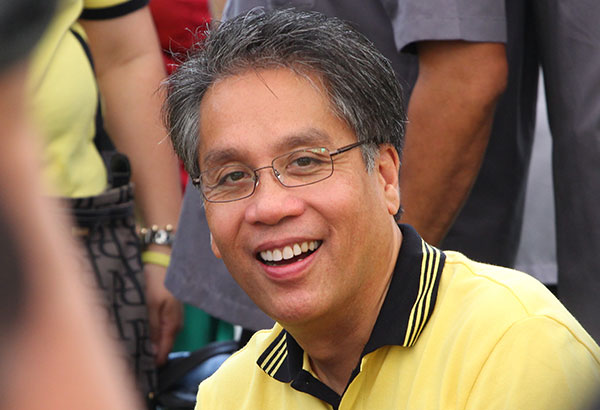
1. Mar Roxas. One of the Aquino government’s key programs Roxas is sure to continue is the Pantawid Pamilyang Pilipino Program (4Ps), which offers beneficiaries cash grants so long as they meet requirements—family development sessions, pre- and post-natal care for pregnant women, check-ups and vaccines for children, school enrolment and at least 85 percent class attendance per month for those of school-age.
Roxas has not, however, made clear whether the program—which has been attacked by some because of occasional targeting failures—is something he plans to expand or improve upon.
But the DILG, under Roxas, certainly helped to improve the conditions of impoverished Filipino families, establishing relocation sites for informal settler families in Metro Manila, a potable water program for far-flung barangays, a grassroots budgeting program for local government units, and a special fund for conflict-torn or vulnerable communities.
Those projects, however, have also been the subject of intense criticism by certain legislators who claim that Roxas, through the DILG, used government funds to further his own political agenda.
Less speculative, perhaps, is the fact that, during his earlier stint as legislator, Roxas penned the Cheaper Medicines Act—laudable because borne out of his own experience with a younger brother who had suffered from a “catastrophic” illness.
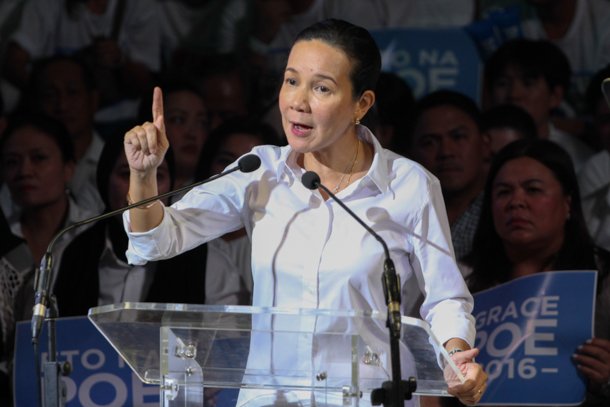
2. Senator Grace Poe, in her rounds in different cities and provinces, has said that she is for “inclusive growth.” While there has undoubtedly been economic growth in this country, she observes that the benefits have hardly trickled down to the people who need it most—the poor, especially the youth.
While she is in favor of the administration’s flagship anti-poverty measure—the 4Ps Program—she noted that it is not enough to improve the lives of future generations. She is pushing for post-CCT livelihood programs to help prepare the poor gain independence once they graduate from the program.
Poe is also pushing for a free lunch program for all public elementary school children, adding that half a million kids are severely malnourished.
For the long haul, the senator favors the K to 12 program of the Aquino administration, saying it will equip students with the necessary skills to work and provide for their families.
She argues that agriculture is one of the poorest sectors in the country, and is pushing for stronger tourism in the context of agriculture by building more dams, farm-to-market roads and irrigation facilities.
But while these are all valuable inputs, Poe does not specify how these programs will be budgeted for, nor does she have a significant track record in getting spending bills passed by Congress.
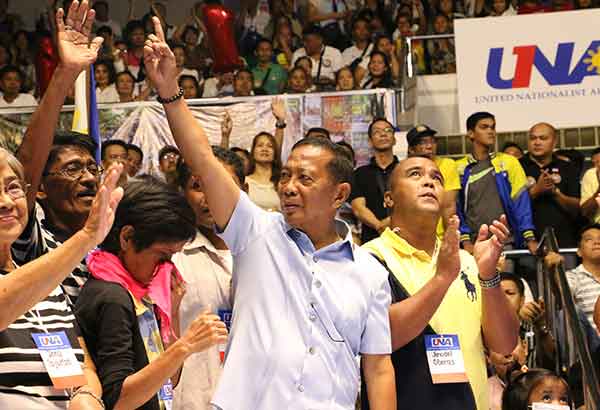
3. Vice-President Jejomar Binay often talks about addressing hunger, poverty, unemployment and inequality in his speeches. His main criticism of the Aquino administration is that its stellar economic performance has not trickled down to the poor. “Inclusive growth” is his key campaign message.
He plans to address the problem by raising infrastructure spending from the current 3 percent of GDP to 5 percent of GDP, diversifying the Philippine economy to give equal focus to job-generating sectors like manufacturing, agriculture, tourism, and OFW remittances.
At the same time, he intends to reform the Electric Power Industry Reform Act to lower power costs, address the energy shortage, and modernize agriculture to raise farmers' productivity—unusually low for the region—and correct inefficiencies in the supply chain that allows for layers of middlemen.
But while this is impressive, the question remains: how realistic is this agenda? Historically, energy reform has been notoriously difficult in this country of poorly-regulated and hastily-privatized suppliers.
With respect to employment, he seeks to exempt workers earning P30,000 monthly and below from income tax. But tax exemptions for low-wage earners are only part of the much-needed reform of our “progressive” income tax law.
Binay also seeks to lift economic restrictions in the Constitution to attract foreign investment in sectors like infrastructure, energy and telecommunications, liberalize government regulations for business startups, and give Small and Medium Enterprises access to finance and information. The difficulty here is that he offers few proposals for the protection of either national sovereignty, in the case of greater foreign ownership, or of labor and public safety, in the case of liberalized business regulation.
Still, he plans to install water systems and provide potable water to every barangay, ensuring that power and medicine reach even the most remote areas.
Finally, he wishes to expand subsidies for college education and technical-vocational training.
But Binay does not make clear how all this will be paid for. When he was mayor of Makati, he also developed a reputation for “self-dealing” on large construction projects, though many of these allegations currently remain under investigation.
4. Davao City Mayor Rodrigo Duterte believes the root cause of poverty—especially in rural areas and in Mindanao—is the concentration of power and wealth in imperial Manila.
He is pushing for tax reform. Under his watch, those earning less than P20,000 will not get taxed. He also promises to end labor contractualization.
If elected president, he will strongly push for a shift to a federalist form of government. This means local government units will have more independence from the national or federal government, and will be able to retain most of their income for their own development.
But federalism that ignores the need for anti-dynasty and campaign finance laws can only strengthen local and provincial oligarchies, while eviscerating any truly national social safety net.
A platform of peace and order also does not necessarily translate into an anti-poverty agenda, though it would obviously establish conditions for stability that would encourage investments and economic development.
Finally, Duterte appears to have a penchant for going after petty criminals while overlooking the excesses of big fish like Gloria Arroyo and Bongbong Marcos—two figures he has publicly supported.
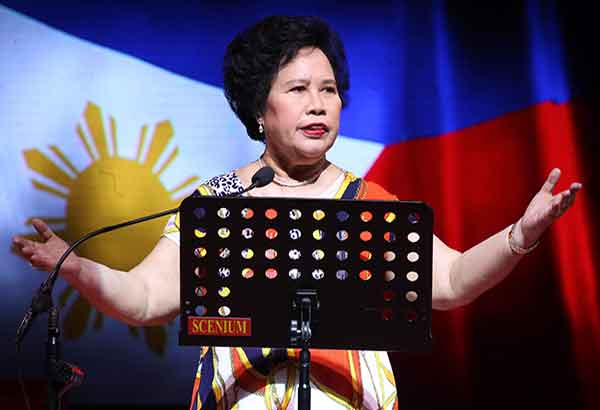
5. Senator Miriam Defensor Santiago is a staunch champion of the Reproductive Health Law. She sponsored the measure that provides contraceptives and other reproductive health devices and services to the poor. She was also very critical about the recent P1-billion budget cut on family planning commodities.
When the bill was enacted in 2012, Santiago said the law was the highlight of her year as a woman and as a senator. For her, this law was crucial to empowering Filipino women and in that sense contributed significantly to poverty alleviation.
She is also for improving the quality of formal, non-formal, and special education in the country. Even while on medical leave, she called on the Senate to look into the tuition hike of some 300 private colleges and universities, and the findings of the Commission on Audit that showed millions of new Department of Education textbooks weren’t aligned with K to 12 standards.
Santiago has also been quick to criticize the unliquidated cash advances worth P5 billion of DSWD’s 4Ps Program. Claiming inefficiency, she argued that this demonstrated the government's failure in bringing inclusive growth to the poor. Although the headline-grabbing figure was quickly shown to be inaccurate, she continues to use the P5 billion figure while campaigning.
***
Most of the candidates have made the requisite motherhood statements for addressing poverty. But one glaring absence in their platforms is the need to address social inequality—arguably the root cause of poverty in most countries, if one is to believe French scholar Thomas Piketty. This can only be addressed by pursuing asset reform measures (agrarian reform, the Indigenous Peoples Rights Act and urban land reform), and by passing into law a progressive land tax and idle land tax. This will require political will, and a sense of brinkmanship in dealing with the House and Senate.
Fighting poverty, as a campaign issue, is complicated by a number of factors. Hope-inspiring promises are easy to make, but actual programs for reducing inequality are hard to communicate on the stump. Jobs and infrastructure likewise make for easy promises but entail serious complications—reforming our bidding processes; speeding up our court system (where contract disputes get stuck for years); revisiting past privatizations and deregulations; and balancing the dangers and benefits of allowing more foreign ownership.
Inequality is perpetuated by campaign financing, where candidates depend on huge contributions from the rich to finance bringing their promises to the poor—leaving people to fend for themselves about how likely a candidate’s promises are to be trusted. The poor—as usual—have little voice. A reformed labor movement would help, as would stronger civil organizations, such as informal settler groups and farmers’ cooperatives. Women and other members of civil society should call on Congress to restore the P1 billion fund intended for the provision of family planning commodities. Rather than railing against “bobotantes,” the media and NGOs would do well to help voters understand the real policy positions behind a dizzying array of what might ultimately prove to be merely flashy campaign promises.
- Latest
- Trending


























